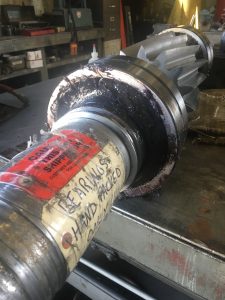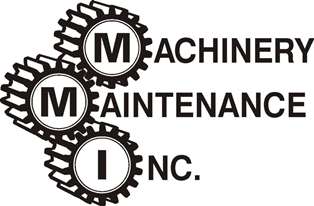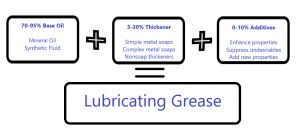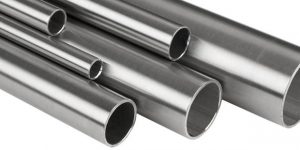Why your newly rebuilt rotating equipment is shipped without lubrication
 For years, one of our biggest debates internally was whether or not we should ship our customers’ rebuilt rotating equipment (think gearboxes, reducers, bearings, etc.) dry or with lubrication. After years of research on both options, we decided to enforce dry shipping, unless lubrication is provided by the customer. You may be asking yourself, how did we come to this conclusion? Knowing that failing to lubricate a newly rebuilt rotating part can be detrimental to a customers’ process. Well, we are here to tell you why we believe it is in our customers best interest to have units shipped dry.
For years, one of our biggest debates internally was whether or not we should ship our customers’ rebuilt rotating equipment (think gearboxes, reducers, bearings, etc.) dry or with lubrication. After years of research on both options, we decided to enforce dry shipping, unless lubrication is provided by the customer. You may be asking yourself, how did we come to this conclusion? Knowing that failing to lubricate a newly rebuilt rotating part can be detrimental to a customers’ process. Well, we are here to tell you why we believe it is in our customers best interest to have units shipped dry.
Grease Variables
To start, grease can have many different components depending on the specific application and needs. Typically, grease and lubricants are made by combining oil, thickeners and additives to create a specific lubrication property for the unique process at hand. A lubricants overall function is to prevent metal to metal contact which is critical in maintaining machinery uptime. With all the unique combinations of lubricants and greases out there it is always best practice to never mix greases. So, this brings us to our first reason, because of all the variables that go into grease and lubrication blending we do not want to take the chance of putting the wrong lubricant in the wrong application. Our only exception is if you have a preferred lubrication, send it our way and we will happily apply it before shipping.
Results of an Incorrect Blend
You are going to start seeing a trend here – all these variables bring us to our second point. If additives and compounds are not blended together correctly for the type of machinery being used this can result in an unstable product. Eventually the newly created lubricant will separate under the speed or load of the machinery. Once the separation process begins the thickener will start to accumulate in the wrong places leading to improper lubrication in the required areas. This will cause premature bearing or equipment failure, ultimately resulting in machinery downtime and another major reason for why we ship all our rebuilds dry.
Innovations in the Industry
The final piece to this puzzle is the advancements that have occurred in both equipment innovations and lubrication additives. With all these advancements, it is impossible for our facility to maintain a lubrication inventory that fits all of our customers different needs. Using an incompatible lubricant will result in downtime and unexpected machinery repair costs for you. So, what does this mean for our customers? How do we ensure the transition goes smoothly from shipping to installation?
Our Process
Prior to sending off your newly repaired rotating equipment we take a number of steps on our end. First, we secure the equipment with instructions on our shipping methods in order to avoid re-installation mishaps. We follow industry best practice and flush the grease or oil out of the equipment prior to your team introducing a new lubricant. For any bearings that require an initial “grease pack” we recommend your team to send grease with the unit to be used in the rebuilding process. If you are not comfortable reinstalling the bearing or gearbox, we also have a team of field technicians that can assist in this process. In the end, we are here to help your facility minimize downtime, increase productivity and improve your machinery’s efficiency. Therefore, unless instructed otherwise, we will always be shipping our repairs and rebuilds without lubrication.


